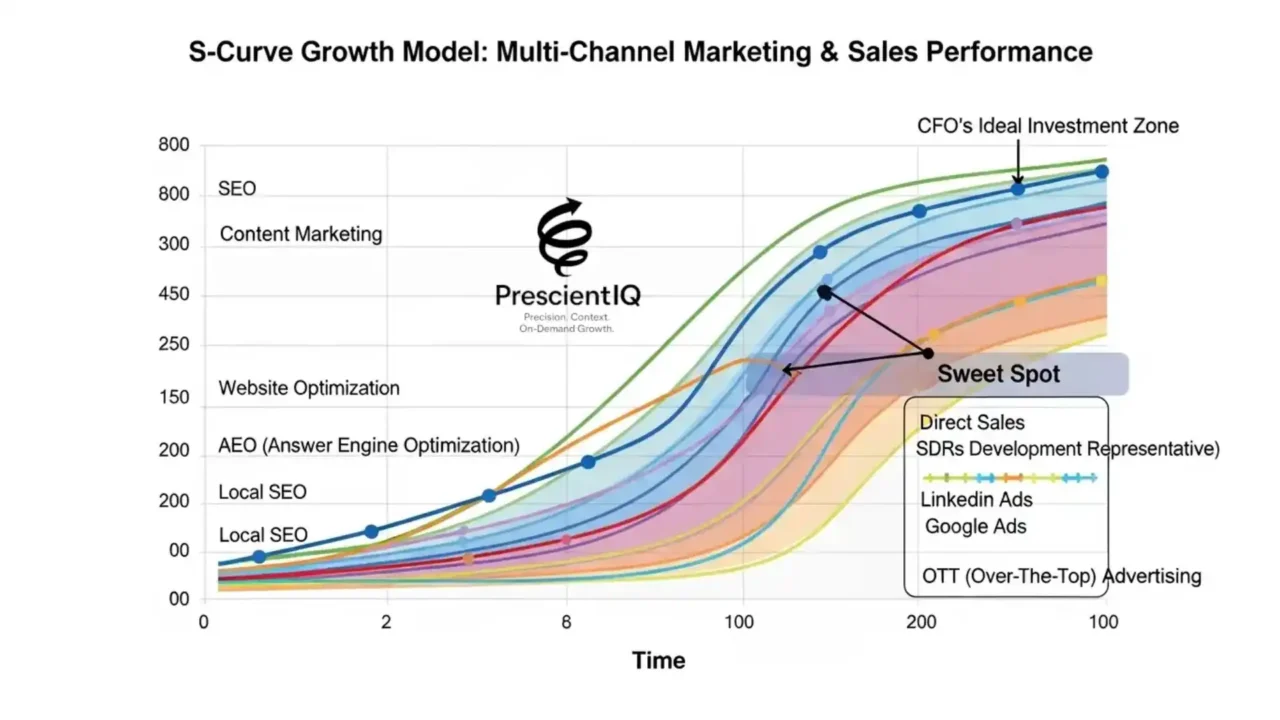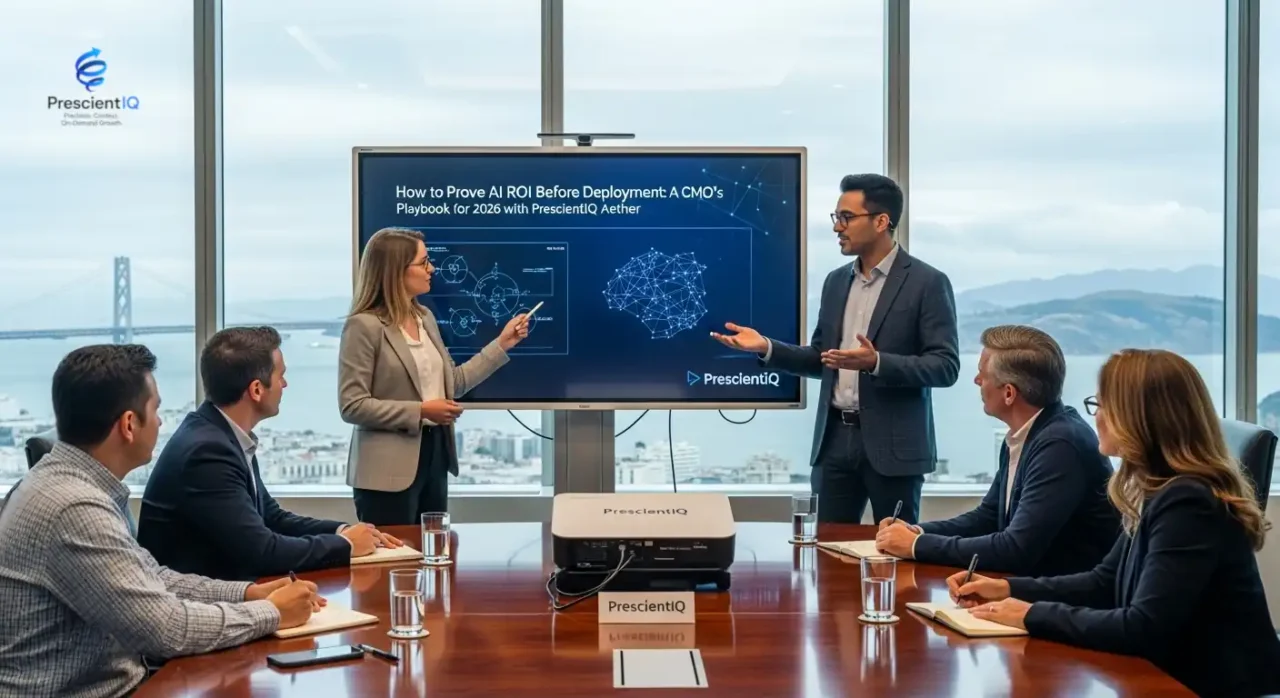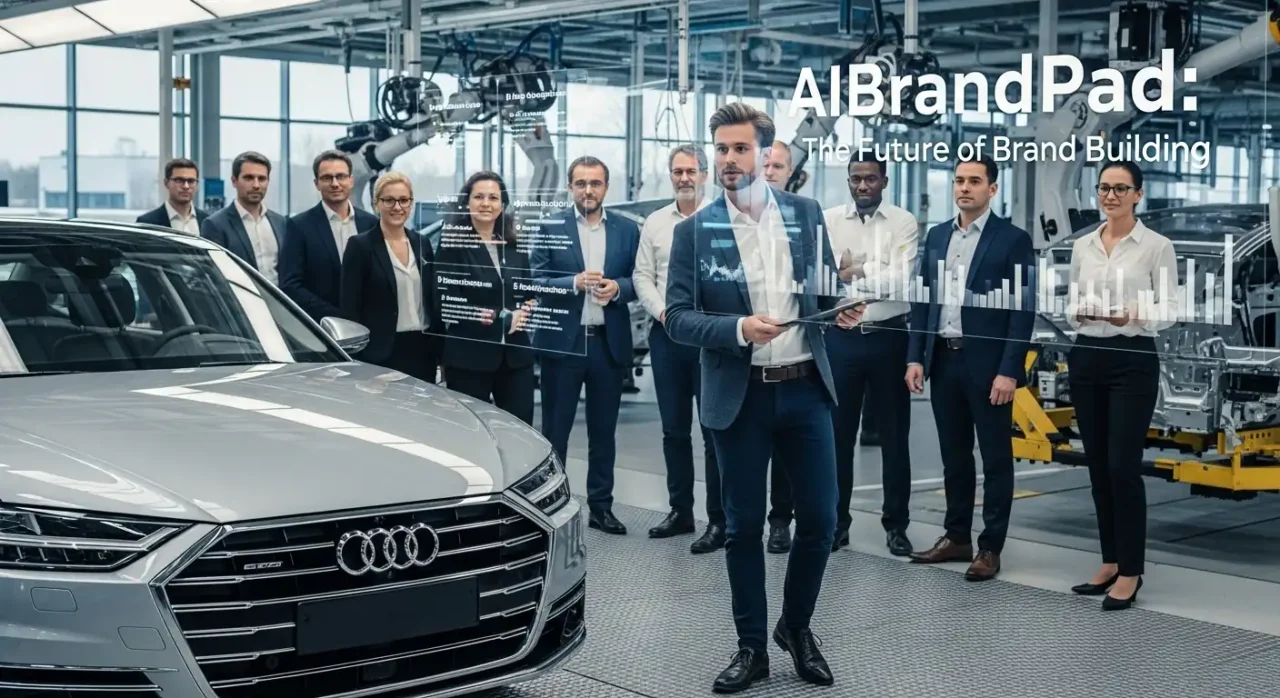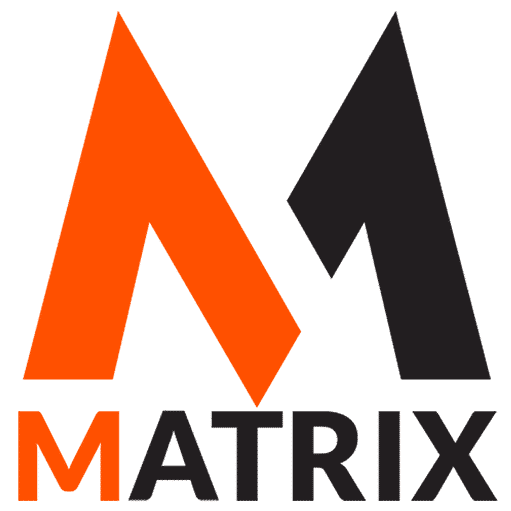What Is the “AI Mafia”? Understanding the Power Networks Shaping Modern Artificial Intelligence
Learn About What the “AI Mafia” Is. Understanding the Power Networks Shaping Modern Artificial Intelligence.
The market has created a FOMO about AI. But what is it all about? There are so many variables we can explain here, but fundamentally, it depends on what you’re trying to do. Some people are running little writing programs like Jasper up to a full agency replacement system like PrescientIQ. So it depends. But if you’re in business like me and you’re gonna spend $5 million on sales and marketing in 2026, I would like to know, with 97% confidence, that it’s going to deliver the expected return to manage and grow the business.
We have pre-sales, but I would like a pre-AI ROI report before I spend a dollar in my sales and marketing department. Now is that too much to ask? One more thing: in our omnichannel, with over 3000 sales nodes and signals worldwide across about 105 channels in 75 languages. Next, I want to know whether marketing is orchestrated across the total addressable market. It’s about growth and the best use of your resources. See Building an Enterprise AI Investment Strategy With Risk Controls

Artificial intelligence has grown from a niche academic discipline into one of the most influential forces shaping global economics, culture, and geopolitics.
Behind this transformation is a relatively small network of institutions, researchers, investors, and tech executives who have played an outsized role in advancing — and sometimes controlling — the direction of AI development. This informal but powerful network is often referred to as the “AI Mafia.”
The term sounds mysterious, even conspiratorial, but in reality, the “AI Mafia” describes a recognizable pattern in the tech world: a cluster of intellectual lineages, research labs, companies, and key individuals who dominate a rapidly expanding industry.
This article breaks down what the AI Mafia is, how it formed, why it matters, and how its influence shapes the future of artificial intelligence.
1. Origins of the Term: A Playful Name for a Serious Power Structure
The label “AI Mafia” is not an accusation of wrongdoing. Instead, it mirrors terms like “PayPal Mafia” — the group of PayPal alumni who went on to launch or fund companies such as Tesla, LinkedIn, Yelp, and SpaceX.
The AI equivalent refers to:
- Groups of researchers who trained at the same prestigious institutions.
- Alumni of major AI labs like Google Brain, DeepMind, OpenAI, Meta AI, and Stanford’s AI Lab.
- Influential professors whose students now lead or shape AI at top companies.
- Investors and founders who seeded the modern AI revolution.
- Tech CEOs who wield disproportionate influence over how AI reaches the public.
The “mafia” metaphor illustrates how tightly connected these players are — and how much of the AI world traces back to a surprisingly small number of nodes.
2. The Roots of the AI Mafia: Academic Powerhouses

Just as Silicon Valley grew out of Stanford and Berkeley, much of today’s AI innovation stems from a core set of academic institutions.
Key centers that produced the AI Mafia include:
Stanford University
Stanford’s AI Lab (SAIL) has produced generations of influential researchers.
Professors like Andrew Ng helped transform machine learning from a theoretical discipline into an engineering practice. Dozens of leaders at Google, OpenAI, and Meta trace their origins to Stanford’s programs.
MIT
MIT is historically known for robotics, computer science, and symbolic AI.
Although symbolic AI waned in influence during the rise of deep learning, MIT alumni continue to shape AI ethics, safety, and systems engineering.
Carnegie Mellon University
CMU has long been considered one of the world’s best AI research institutions.
From early autonomous vehicles to deep reinforcement learning, CMU’s influence spans decades.
University of Toronto (UofT) & Mila (Montreal)
These Canadian institutions are at the forefront of the deep learning revolution.
Geoffrey Hinton, Yoshua Bengio, and their students paved the way for neural networks to dominate modern AI.
UC Berkeley
Berkeley’s AI Research Lab (BAIR), led by researchers such as Pieter Abbeel and Sergey Levine, has produced leaders in robotics, reinforcement learning, and generative modeling.
These universities not only train top talent but also serve as ideological incubators.
Students develop shared research philosophies, migrate to industry labs, and pass on their approaches — creating intellectual families that dominate AI’s key breakthroughs.
3. The Rise of Industry Labs: Where the Mafia Gained Real Power

While academia provided the foundation, the modern “AI Mafia” truly emerged with the rise of industry research labs.
These labs attracted world-class researchers and massive funding, accelerating breakthroughs at unprecedented speed.
Google Brain
Founded by Andrew Ng and Jeff Dean, Google Brain became the birthplace of many core technologies:
- TensorFlow
- Neural machine translation
- Early large language model experiments
- Breakthroughs in deep learning efficiency
Many leaders at OpenAI and other labs came from Google Brain, making it a central node in the AI Mafia network.
DeepMind
Acquired by Google in 2014, DeepMind produced:
- AlphaGo and AlphaZero
- Advances in reinforcement learning
- State-of-the-art protein structure predictions (AlphaFold)
DeepMind alumni now run AI teams worldwide.
OpenAI
Originally founded as a nonprofit research lab dedicated to safe AI, OpenAI grew into one of the most influential AI institutions globally. Its GPT models, Codex, and multimodal systems set the pace for the entire industry.
OpenAI’s founders, early researchers, and even former employees play huge roles in today’s AI ecosystem. Many have launched their own startups or joined competing labs, spreading OpenAI’s DNA throughout the sector.
Meta AI
Meta’s FAIR lab has a reputation for open research and major contributions to:
- Computer vision
- Generative models
- LLM pretraining
- Open-source AI
FAIR alumni are deeply embedded across AI startups and corporate labs.

4. The Intellectual Families: Hinton, LeCun, Bengio & Ng
One reason the term “AI Mafia” resonates is that so many major AI leaders share direct mentorship links with a few central figures.
Geoffrey Hinton
“The Godfather of Deep Learning.”
His students — including Ilya Sutskever (OpenAI), Alex Krizhevsky (ImageNet breakthrough), and many others — have shaped modern AI.
Yann LeCun
Father of convolutional neural networks and Chief AI Scientist at Meta. His students and collaborators populate major roles across research labs.
Yoshua Bengio
Leader of Mila and a key figure in unsupervised learning. Many generative AI pioneers trained under him.
Andrew Ng
MOOC pioneer and co-founder of Coursera and Google Brain. A major force in making deep learning accessible at scale.
Pieter Abbeel & Sergey Levine
Leaders in reinforcement learning and robotics, founders of Covariant and other robotics companies.
These individuals form the intellectual spine of the AI Mafia. Their students carry their ideas into the largest companies, shaping global research priorities.
5. Why the “AI Mafia” Matters: Influence, Funding, and Direction

Calling these networks a “mafia” is partly tongue-in-cheek, but it highlights real dynamics:
A. Concentration of Knowledge
A huge portion of transformative AI research comes from a few institutions.
This concentration accelerates progress but can also narrow the field’s ideological diversity.
B. Concentration of Capital
AI requires massive computing resources. Most funding comes from:
- Big tech (Google, Microsoft, Meta, Amazon)
- Elite VC funds (Andreessen Horowitz, Sequoia, Founders Fund)
- Government and defense partners
Where the AI Mafia goes, investment follows.
C. Influence Over Public Policy
AI leaders increasingly shape regulatory frameworks.
Through lobbying, white papers, and advisory roles, companies such as OpenAI, Google, and Anthropic influence how governments respond to AI risks.
D. Control Over Talent Pipelines
Top labs and universities act as gatekeepers for high-value AI careers.
Talent flows through the same internships, conferences, and labs — reinforcing the network.
E. The Power to Set Ethical Norms
The AI Mafia influences not just what is built but what is acceptable to build. Discussions around:
- AI safety
- Data ethics
- Transparency
- AGI risk
- Open-source vs. closed models
…are often led by people from this inner circle.
Same AI spend, two outcomes: the Hope-Cast gets cut. The Investment Thesis wins.
Core Concept: Two identical $2M marketing AI projects. One ignores hidden costs and can’t prove ROI. The other uses simulation to quantify 4D value and secures approval.
6. Criticisms of the AI Mafia
Not everyone views the AI Mafia positively. Common concerns include:
Monopolization of Innovation
A few companies dominate compute, data, and talent — making it difficult for smaller labs to compete.
Homogeneity of Thought
With so much shared academic lineage, critics argue that the field lacks diversity of perspectives, especially across cultures or philosophical traditions.
Ethical Conflicts of Interest
Some believe leading labs promote certain forms of AI safety or regulation to entrench their own power.
Opaque Decision-Making
The public often has little insight into how AI leaders make decisions that affect society as a whole.
7. Emerging Counter-Movements: The Rise of Open-Source AI
In response to the AI Mafia narrative, a powerful open-source movement has emerged. Organizations like:
- Hugging Face
- Stability AI
- EleutherAI
- LAION
- Meta’s open-source LLaMA models
…promote the idea that AI innovation should be democratized, not controlled by a handful of corporations.
These groups challenge the idea of an AI Mafia altogether, arguing that transparency and community-driven development lead to safer, more equitable AI.
8. Is the AI Mafia Good or Bad? A Balanced View
The AI Mafia is not a criminal enterprise — it’s a network of brilliant individuals who legitimately pushed AI forward. Without them:
- We wouldn’t have deep learning breakthroughs.
- We wouldn’t have GPT models or advanced robotics.
- AI progress would likely be decades behind.
However, centralized power always brings risks.
Benefits
- Faster research and development
- Standardization
- Concentrated expertise
- Large-scale funding
- Breakthroughs that require massive computing —from chips to UI —are part of a value chain.
Risks
- Lack of transparency
- Regulatory capture
- Barriers to entry for smaller players
- Potential for global AI decisions to be made by a handful of people
Whether the AI Mafia accelerates or threatens innovation depends on how responsibly its power is wielded — and how effectively competing voices and open-source movements are supported.
PrescientIQ and the Investment Community
With trillions of investment dollars flowing, access to cash has never been easier. But it’s what you do with the cash that really matters, and that depends on the startup Marketplace’s objective.
And in the sales and marketing industry where we play, it is amazing how much confusion there is about what should be a simple problem. We can create all of the dashboards in pretty reports, but at the end of the day, we believe it is the living customer graph that makes brands successful.
Conclusion: The AI Mafia and the Future of Artificial Intelligence
The term “AI Mafia” captures a real phenomenon: a tight-knit, highly influential network of researchers, founders, and institutions that dominate AI development.
These individuals have driven the field’s most important breakthroughs, shaped the direction of global technology, and set the agenda for AI’s evolution.
Understanding the AI Mafia is essential for anyone seeking to navigate the future of artificial intelligence.
Whether viewed as innovators, gatekeepers, or something in between, their decisions will profoundly influence the technological, economic, and ethical landscape of the coming decades.
If you’d like, I can expand on any section, add sources, convert this into a blog post with SEO optimization, or generate a responsive HTML version for your website.
Stop getting your AI budget cut: Move beyond “efficiency” to provable P&L impact.
Core Concept: Visually contrast the failed “efficiency-only” pitch (which collapses into a Strategic Value Black Hole) with a 4D Value Framework that ties AI to revenue, pipeline, enterprise value, and risk reduction.
The Strategic Value Black Hole
Cost-only logic collapses your business case. Efficiency ≠ investment thesis.
A 5% boost in “Lead Scoring Accuracy” = $12M in Qualified Pipeline.
Tie model accuracy to increased Sales-Accepted Leads and win-rate lift.
A 10% lift in “Cross-Sell Conversion” from AI = $45M in New Revenue.
Translate conversion lift into additional orders, margins, and P&L impact.
A 20% increase in “Customer Lifetime Value (CLV)” from AI-personalization = $100M in Enterprise Value.
Convert CLV gains into discounted cash flows the CFO recognizes.
AI-driven compliance in ad-targeting = $8M in Fines Avoided.
Model compliance avoidance as preserved operating income.
